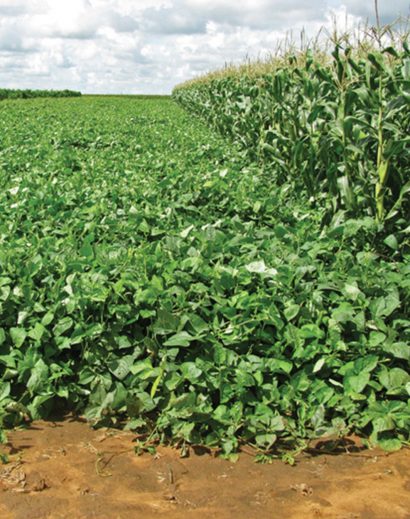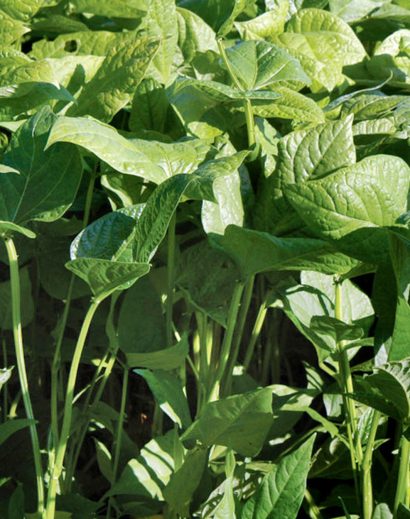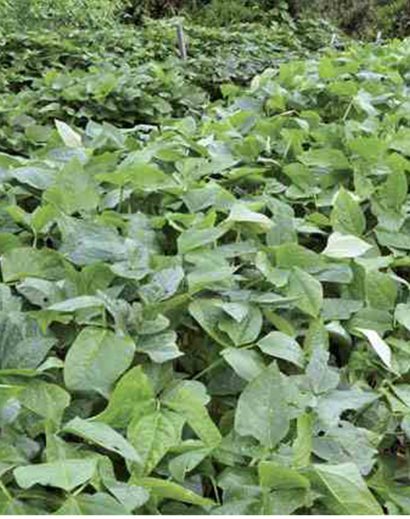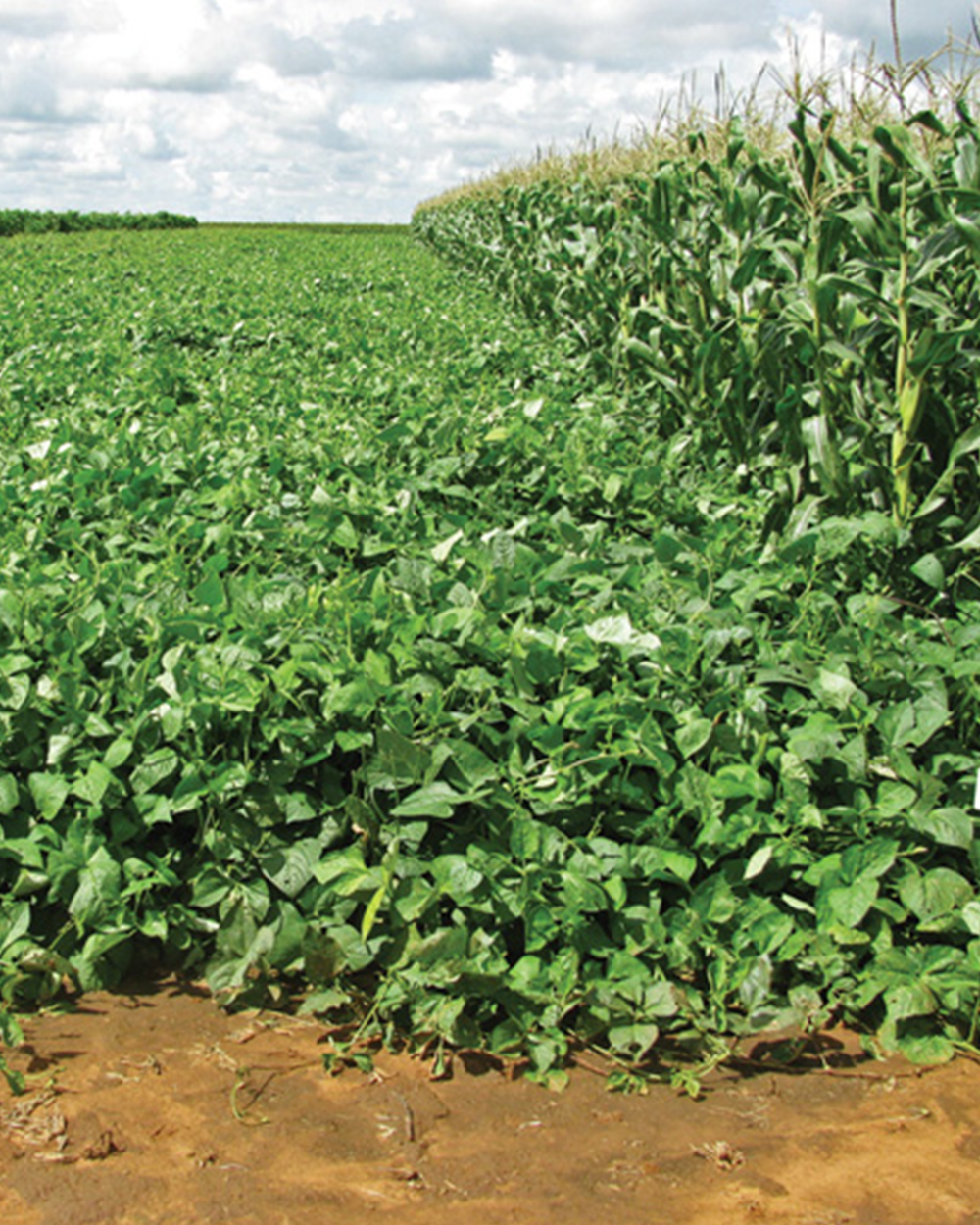Cowpeas (Vigna unguiculata), also known by various other names such as southern peas, black-eyed peas, niébé, or frijoles chinos, are a type of legume widely cultivated and consumed in various parts of the world. Here is a description of cowpeas:
Plant Characteristics:
- Plant Type: Cowpeas are warm-season annual plants that belong to the legume family (Fabaceae). They are typically bushy or vine-like, depending on the variety.
- Leaves: The leaves of cowpea plants are pinnately compound, consisting of several leaflets arranged in pairs along a central stem. The leaves can vary in size and shape.
- Flowers: Cowpea plants produce attractive, butterfly-shaped flowers. The flower color can range from white to various shades of purple, pink, or yellow, depending on the variety.
- Fruit: After pollination, cowpea flowers develop into pods that contain the seeds. These pods are long and slender, and the shape and color can also vary among different cowpea varieties.
- Roots: Cowpea plants have a well-developed root system, which makes them relatively drought-tolerant and allows them to fix nitrogen from the air, improving soil fertility.
Seed Characteristics:
- Seed Size and Color: Cowpea seeds come in various sizes and colors. Common colors include white, cream, brown, red, and black. The black-eyed pea variety is perhaps the most well-known, characterized by a black “eye” or spot on the seed.
- Nutritional Value: Cowpea seeds are rich in protein, dietary fiber, vitamins (especially folate and vitamin B6), and minerals (including iron, potassium, and magnesium). They are a nutritious source of plant-based protein.
Cultivation and Use:
- Growing Conditions: Cowpeas thrive in warm and sunny climates and are well-suited to regions with hot and dry conditions. They are often grown as a staple crop in tropical and subtropical areas.
- Culinary Uses: Cowpea seeds are a versatile ingredient in various culinary traditions. They can be used in both savory and sweet dishes, such as soups, stews, salads, curries, fritters, and desserts. They are known for their nutty flavor and creamy texture when cooked.
- Crop Rotation: Cowpeas are frequently used in crop rotation strategies because they can improve soil fertility by fixing nitrogen in the soil, benefiting subsequent crops.
- Livestock Feed: In addition to human consumption, cowpea plants are used as animal fodder due to their high protein content.
- Storage: Cowpea seeds can be stored for extended periods when properly dried and stored in a cool, dry place. They are an important food security crop in areas prone to food shortages.Overall, cowpeas are an important and nutritious crop with a wide range of culinary and agricultural applications. They are valued for their ability to grow in challenging conditions, contribute to soil fertility, and provide essential nutrients to both humans and livestock. Storage: Cowpea seeds can be stored for extended periods when properly dried and stored in a cool, dry place. They are an important food security crop in areas prone to food shortages.





Reviews
There are no reviews yet.